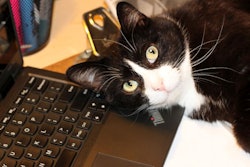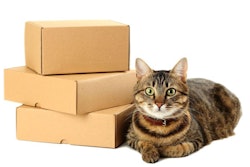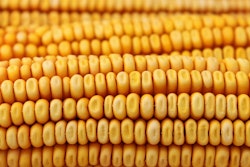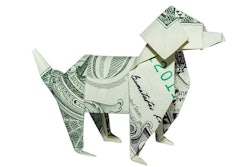
In 2018, pet food contributed EUR21 billion (US$23.7 billion) to the European Union economy, making it the largest segment of the EUR39.5 billion (US$44.6 billion) EU pet sector. Pet food sales volume in the EU reached 8.8 million metric tons in 2018. The EU pet industry grew 2.5% in value over the past three years. The European Pet Food Federation (FEDIAF) released those data during its annual meeting in Prague in the report “FEDIAF Facts & Figures.”
As in the previous year, 132 European pet food producers made products for a steady population of dogs, cats, birds and other animals in 2018, according to FEDIAF. These pet food companies employed approximately 100,000 people in 200 facilities. A further 900,000 were employed in industries related to pets and pet food.
“Included in this are the suppliers to the pet food industry, approximately 200,000 veterinarians in Europe, 60,000 specialist pet stores, the pet accessories industry, trade shows, pet press, breeders, animal welfare organisations and transport,” said Mechthild Exner-Herforth, president of FEDIAF in a press release.
Pet ownership in European Union 2018
Compared to 2017, cat ownership increased slightly compared to dogs, although overall numbers remained steady at 141 million animals. In the EU, 75.3 million people owned cats in 2018. EU dog owners numbered 65.5 million in 2018.
Within the EU, cats made up 23% of the pet population, while dogs accounted for 25%. Including Russia, Switzerland and Turkey in the figures alters the balance in the favor of cats to 25% versus dogs’ 24%.
“This year’s figures show again that pet owners remain committed to not only providing good nutrition for their pets, but to all aspects of their care which is highlighted by the increased spending on veterinary care and accessories, thus ensuring a better life of pets and a better life together,” Exner-Herforth said.


















